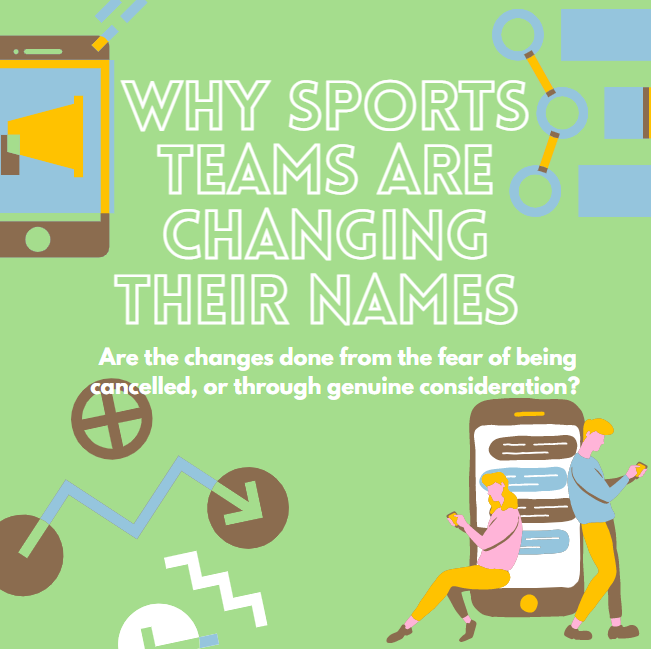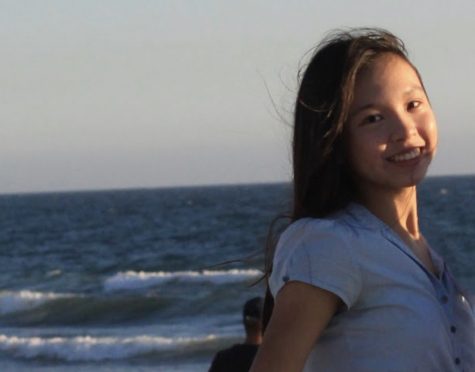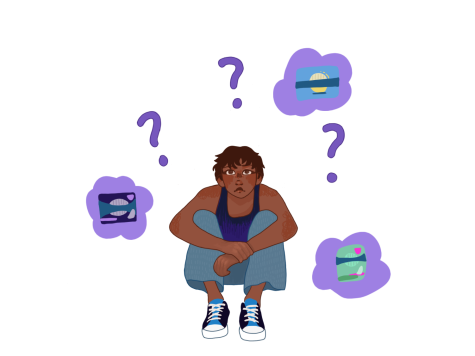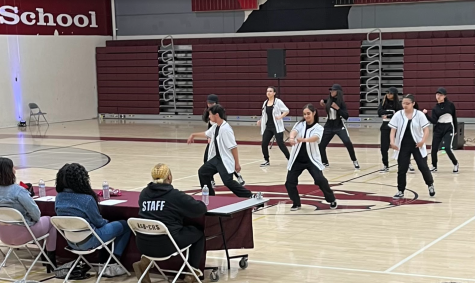From Indians to Guardians: an investigation of sports team name changes
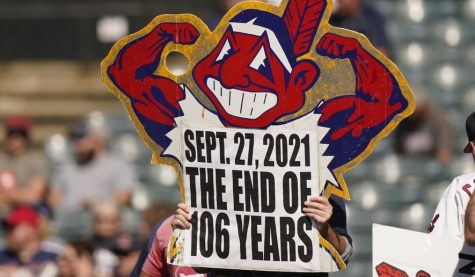
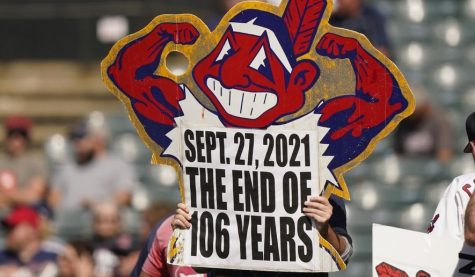
Within the past decade, the rise of cancel culture has created waves of both negative and positive change. It has been beneficial in reducing the toxic effects of ignorance by holding figures accountable for their controversial actions. On the opposite extreme however, cancel culture has increased social tensions. Cancel culture’s goal is to permanently block a platform or career that engages in offensive practices, and sports teams in particular have been subjects of cancel culture. Recently the professional baseball team the Cleveland Indians officially changed their name to the Cleveland Guardians. This is not the first sports team to alter their culturally insensitive branding.
The onslaught of name and mascot changes include the Washington Redskins, Arkansas State Indians, and thirteen other teams that have come under scrutiny for their racist portrayals of Native Americans. The mascots under fire typically feature a red-skinned native man with exaggerated features, a comically stoic or deeply scowling face, and a headdress or feather. These portrayals contribute to negative and harmful stereotypes.
In 2005, the American Psychological Association issued a formal resolution calling for the “immediate retirement of all American Indian mascots, symbols, images, and personalities by schools, colleges, universities, athletic teams, and organizations.” The association’s decision was based on a “growing body of social science literature that shows the harmful effects of racial stereotyping and inaccurate racial portrayals, including the particularly harmful effects of American Indian sports mascots on the social identity development and self-esteem of American Indian young people.”
That same year, the National Collegiate Athletic Association (NCAA) adopted new guidelines regarding the use of Native American mascots. Similarly, tribal nations, state and local governments, religious and civil rights organizations, and professional organizations (the National Congress of American Indians, the National Indian Education Association, and IllumiNative) have embarked on campaigns to implement change.
Despite all the pre-existing research and attempts at change, why is it only now that the Cleveland guardians changed their name? Cleveland team owner Paul Dolan claims that the 2020 George Floyd murder, which spurred unrest in the city of Minneapolis, encouraged him to change the team’s name.
“We do feel like we’re doing the right thing and that’s what’s driving this,” Dolan said. “I know some people disagree, but if anything I’ve gotten more and more comfortable that we’re headed in the right direction.”
For many the name change is long overdue. Native American advocate Maria Givens says that getting sports teams like Cleveland to change their names is the hardest part of her job. The Native-esque names and cartoons on the sides of helmets and baseball caps are considered by some fans to be an honor to Native peoples- though Givens expresses that limiting an entire race as an animal or sports token is not a compliment.
Until 2018, Cleveland merchandise was plastered with their mascot Chief Wahoo, a caricature of a Native American man. The design is reminiscent of what an 1800s vaudeville cartoonist would draw, and represents what colonialism wanted Native people to be — a grinning clown.
“Every time the Cleveland Indians played the Detroit Tigers, nearly 5 million Native Americans were put on a level playing field with an animal. If Native people are equal to animals, how will we be seen as equal to our fellow human beings in the courts, in Congress, and on the streets?” Givens said.
It has been 16 years since the APA’s released findings and each day internet repercussions and “cancel culture” become more reinforced and prevalent. Only recently did the Cleveland Guardians change their name and it begs the question; are these changes done from the fear of being canceled, or through genuine consideration and education?
Hello there! Our goal is to provide relavent, engaging journalism for readers of all ages. Your donation will support the student journalists of the Wolfpacket at Claremont High School, and will allow us to purchase equipment, print our monthly issues, and enter in journalism competitions. We appreciate your consideration!
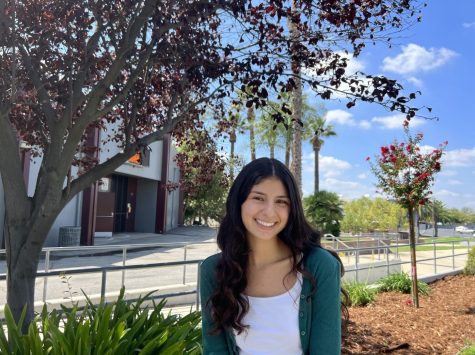
Isha Raheja is a senior at CHS and Assistant Editor-In-Chief as well as social media manager. Throughout her two years in the Wolfpacket, Isha has loved...
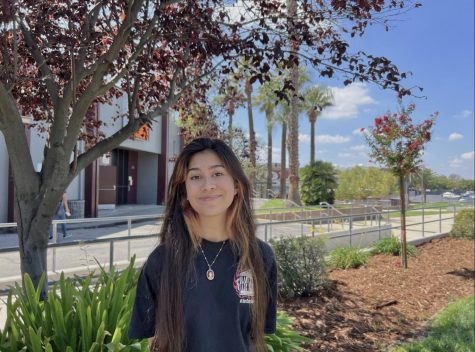
Frida Garcia is a senior at Claremont High School and the Head Features Editor of the Wolfpacket. Besides designing for the features spread, Frida’s...



